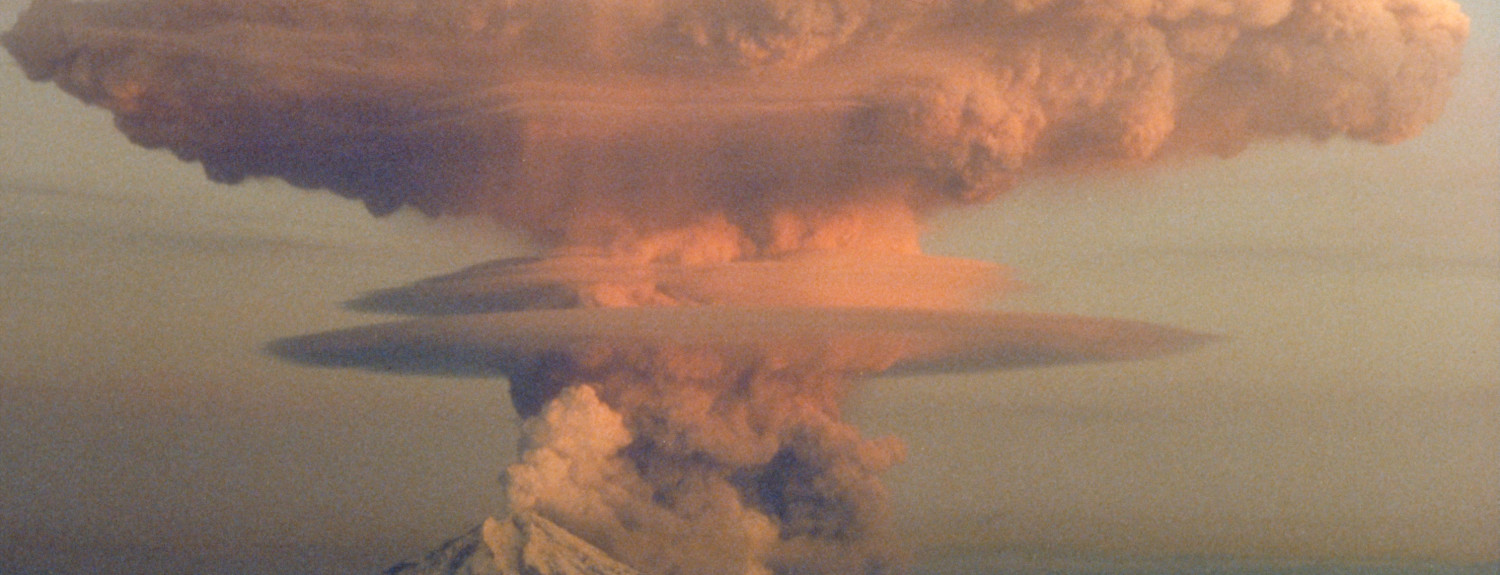During the height of the Cold War, upon which countries and cities was the U.S. military prepared to unleash its nuclear might? After remaining secret for decades, the National Security Archives have finally declassified 800 pages of that information for public consumption.
According to the documents, 1,100 airfields in the then-USSR were targeted for destruction. It also marked 1,200 population centers, including Berlin, Beijing, Moscow and Leningrad.
It also goes into detail about what kinds of bombs would best obliterate a city’s entire population and which resources it would target first to cripple the Soviet Union.
Moscow, the number one urban target, had around 180 installations slated for destruction; some were in the air power category, but many involved a variety of industrial activities, including factories producing machine tools, cutting tools, oil extraction equipment, and a most vital medicine: penicillin.
What is particularly striking in the SAC study is the role of population targeting. Moscow and its suburbs, like the Leningrad area, included distinct “population” targets (category 275), not further specified. So did all the other cities recorded in the two sets of target lists. In other words, people as such, not specific industrial activities, were to be destroyed. What the specific locations of these population targets were cannot now be determined.
You can read the National Security Archives’ full report here.




































